
Restaurants
Spa
Day Visits
Shop
Functions
16°C
September 5th, 2025
A week in the life of Babylonstoren’s VIP garden workers, by our resident beekeeper and entomologist, Arné Stander.
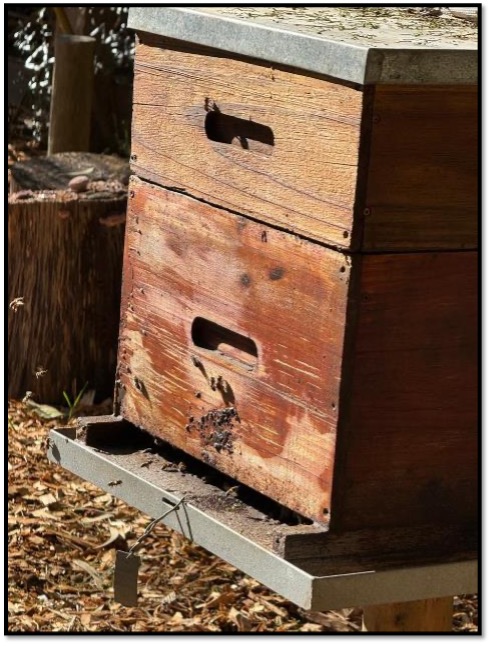
Overview
After weeks of rain, spring has arrived. The bees agree – almonds, plums, peaches and nectarines are in flower across the farm and garden, joined by new spring blossoms offering abundant forage.
This past week brought the best sunshine and warmer daytime temperatures of the season. I used the window to carry out brood renewal across all hives. The warmth made it possible to open each hive and carefully inspect every brood frame – a slow but essential process. The reward was clear: hives are filling with brood after the lean winter months.
With populations growing, it was time to replace brood frames, particularly in colonies older than three years.
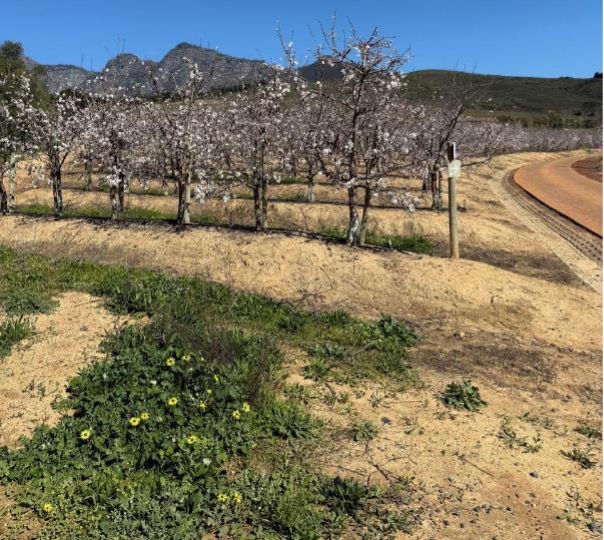
Why brood frame renewal is important
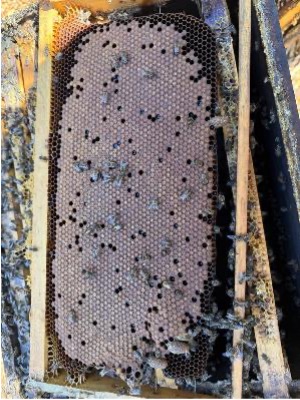
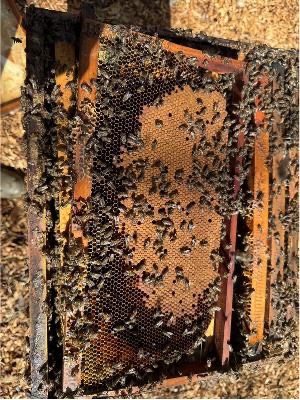
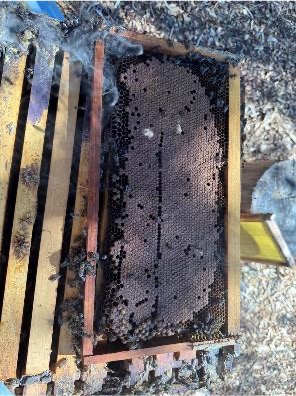
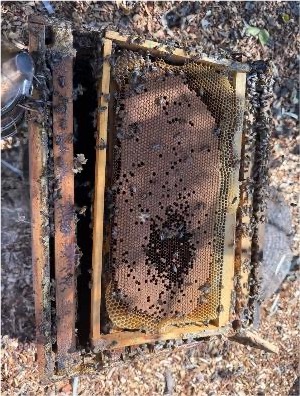
When to replace frames
During inspections, I work through the entire brood box to select frames for replacement. The main triggers are:
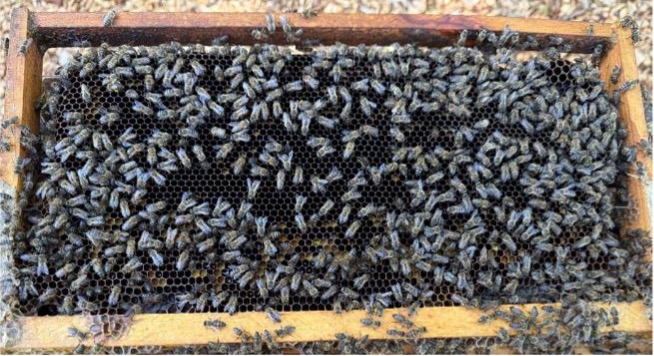
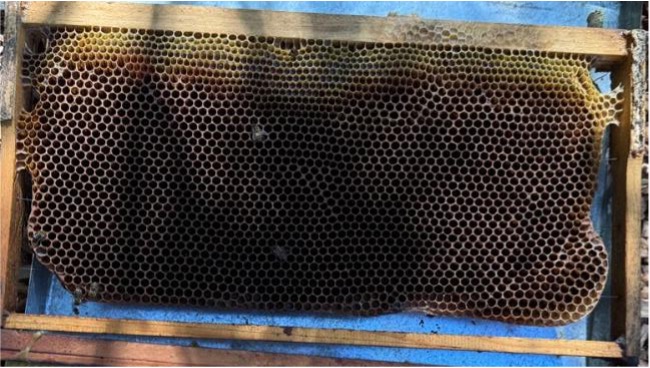
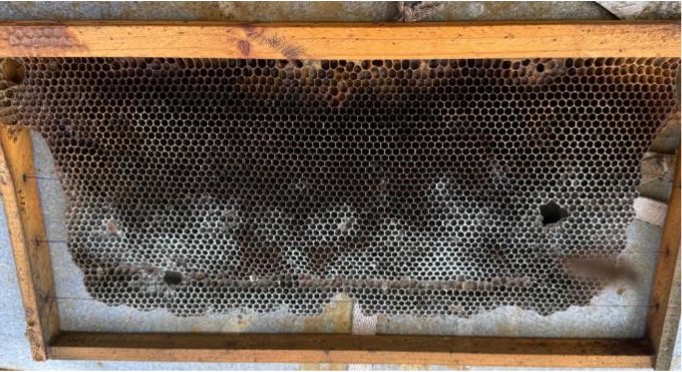
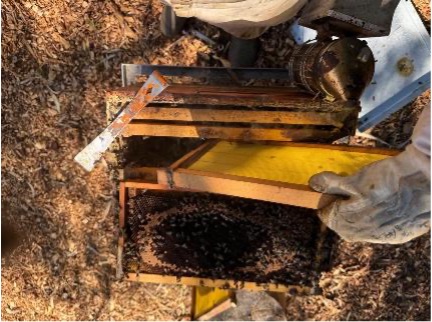
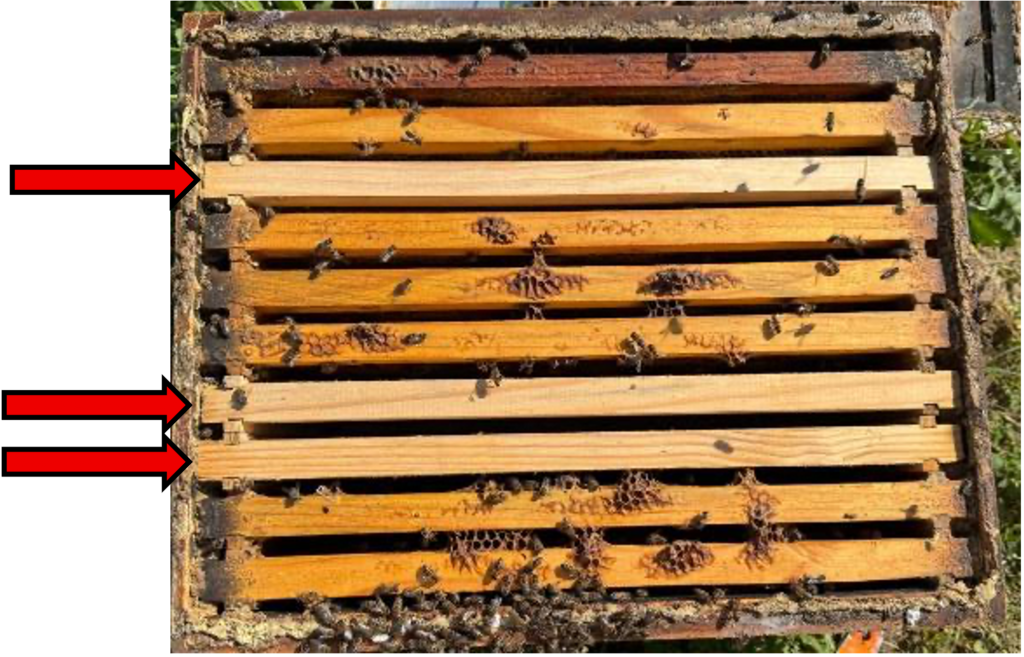
The aim is to replace between 2-3 frames with new foundation layered frames. As pictured above.
In the field
I visited the Overberg last weekend – the canola fields are in full bloom.
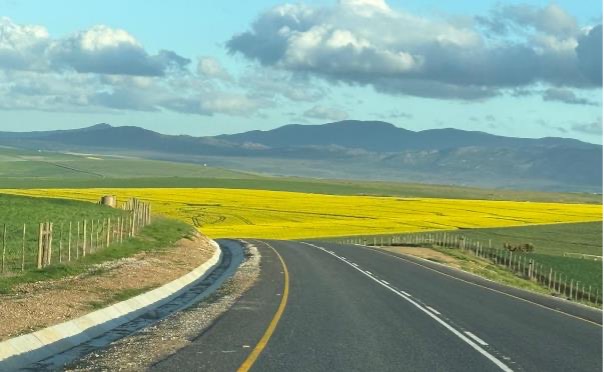
In weeks to come, I’ll add supers once the bees have built on the new foundation layered frames.
BUZZ WORDS
Super - Any hive body, usually a smaller box, used for the storage of honey which the beekeeper intends to harvest. Normally it is placed above the brood chamber(s). Supers are typically medium or shallow-sized boxes.
Apiary - Colonies, hives, and other equipment assembled in one location for beekeeping operations.
Beehive - An artificial cavity for a bee colony to live in, usually a box or boxes with movable frames.
Brood - Immature bees that are still inside their cells. Brood can be in the form of eggs, larvae, or pupae of different ages.
Capped honey – When bees cover their honey with wax, much like putting a lid on it.
Nuc – A nuc, or nucleus colony, is a small honeybee colony created from larger colonies, packages, or captured swarms.
Bee bread – Also known as bee pollen or ambrosia, is a ball or pellet of field-gathered flower pollen packed by worker honeybees and used as the primary food source for the hive. It consists of simple sugars, protein, minerals and vitamins, fatty acids, and a small percentage of other components.
Queen - A female bee with a fully developed reproductive system. Larger and longer than a worker bee.